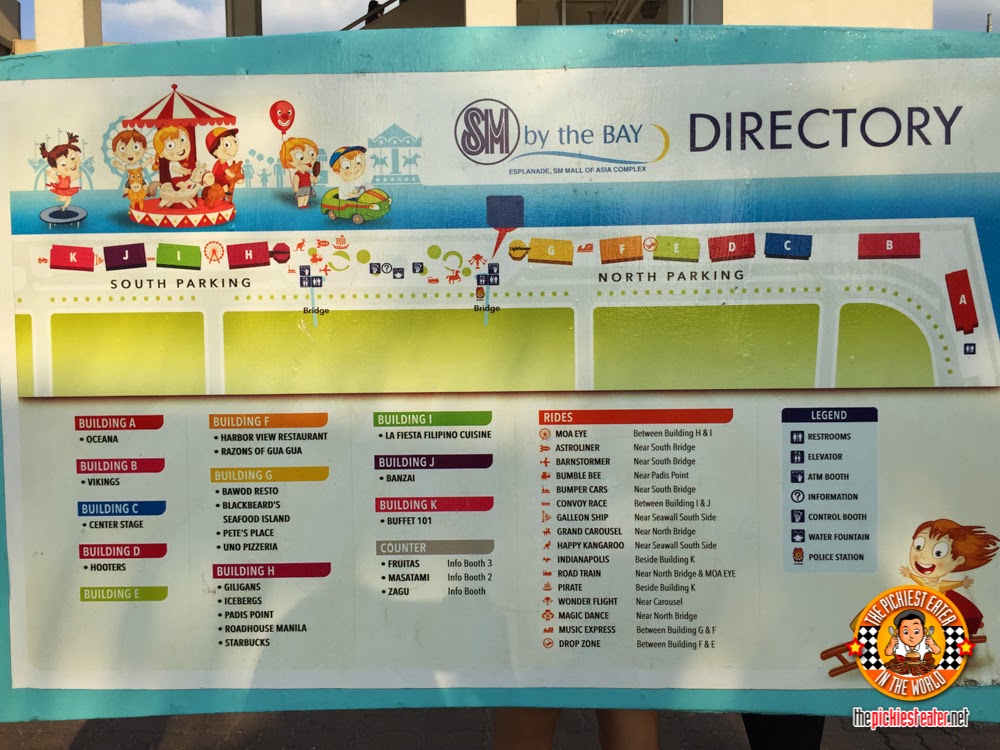
It can also start at 700’ AGL (shown in figure 12) in which case the airspace is drawn with a faded magenta ring. If Class E begins at the surface, it is noted by a dashed magenta circle around the area (see figure 11). In these cases, Class E airspace is not drawn on a sectional however, Class Echo can start at other altitudes. It also exists above Alpha (above 60,000’).

Perhaps the most misunderstood airspace category, Class Echo (E) starts at 14,500’MSL and extends up to but not including 18,000’ (bottom of Alpha Airspace) over the entire continental United States unless otherwise depicted. This is common when Delta airspace underlies another airspace category such as Charlie. A minus sign in front of the altitude indicates that Class Delta extends up to but does not include that height (see figure 10 -12 indicates Class D includes all airspace from the surface up to 1200’, but it does not include 1200’). Surrounded by a dashed blue circle (see figure 8), Class Delta airspace has only one altitude number meaning it extends from the surface to that altitude that is shown in blue (see figure 9). Figure 4 Figure 5 Figure 6 Figure 7 Class Delta When approach control closes in any airspace, that airspace reverts to class Delta, and without an active tower frequency, class Echo. To notify aircraft of this occurrence in this and other airspace classifications, the airport issues NOTAMs (notices to airmen) and/or has a published schedule in the Chart Supplement (previously known as the A/FD). At some airports, the communication frequencies do not operate 24/7. Any specific regulations or notes are enclosed in magenta boxes and often include approach or control radio frequencies to be used by arriving aircraft to establish communication with ATC before entering Class Charlie (see figure 7). The name of the Charlie is also given (i.e.,). SFC is a typical floor altitude stating the Charlie in that sector begins at the surface (see figure 6). If Class C airspace underlies Class B, the ceiling is depicted with a “T” for top which lies just under the beginning of the Bravo. Similar to Class B, Charlie altitudes are given in MSL with the last two zeros omitted, but they can be differentiated by their magenta color (see figure 5). Identify Class Charlie (C) airspace with a magenta circle on sectional charts (see figure 4). The name for the particular airspace will also be depicted ( for example). Some Class Bravo airspace locations have particular requirements that are described in a blue box with blue letters (see figure 3). Operations at or below that altitude (1200’ in this case) are not included in Class B. +12 indicates that the floor is at 1201’). Floor altitudes that are proceeded by a “+” indicate that the airspace starts upward from above this altitude (i.e.

This means that 90/20 depicts that the airspace in that sector extends from 2000’ MSL up to and including 9000’.

The airspace is often broken up into a variety of altitude sectors that are boxed off with blue lines. The MSL ceiling (top) and floor (bottom) altitudes of each sector are shown in blue figures and like most aviation altitudes, have the last two zeros omitted (see figure 2). Class BravoĬlass Bravo (B) is the next category and can be identified with large blue circles surrounding the area on sectional charts (see figure 1). Class A airspace is not depicted on sectional charts because it overlays all other categories. This extends from 18,000’ up to 60,000’ MSL (above mean sea level). Controlled Airspace Class AlphaĪlmost every class of airspace falls into the “controlled” category. The major difference is that IFR (Instrument Flight Rules) traffic is required to be in contact with ATC, have a filed flight plan, and have received ATC clearance at all times while in controlled airspace. There are two broad scopes of airspace: controlled and uncontrolled. These are each determined by the complexity or density of aircraft traffic, the nature of operations conducted, the degree of safety required, and what is in the best public and national interest. This structure incorporates different classifications of airspace. Just like traffic on the ground, regulations govern air traffic to promote a safer, more efficient national airspace system.


 0 kommentar(er)
0 kommentar(er)
